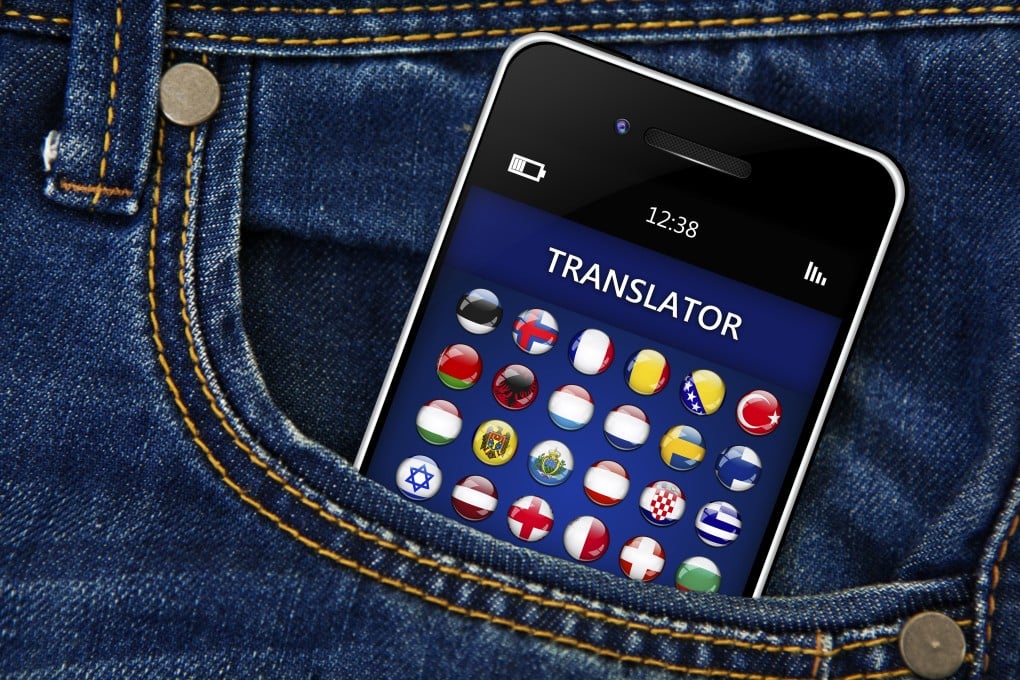Say what? How tech is helping translate between languages – and how far it still has to go
- Real-time translation technology can help you learn a new language, from apps on your phone to multilingual virtual personal assistants
- But don’t count on your smartphone, PC or ear device solving how we understand each other any time soon

Feeling lost in translation? In the sci-fi world crafted by Douglas Adams in The Hitchhiker’s Guide to the Galaxy, you’d just slap a bright yellow Babel fish in your ear and be able to understand any mix of languages around you.
While we aren’t quite there yet, language is becoming less of a barrier than in generations past.
“Understanding is going to become the new normal,” says Dave Limp, Amazon’s senior vice-president of devices and services. “Kids will never grow up in a world where they aren’t able to hear any language. It’ll just happen.”

Yet for all the authentic gains achieved in translation over the past several years, do not count on your phone, smart speaker, PC or ear device breaking down all the language barriers any time soon. In this always-on, connected world, the need to understand one another is arguably more important than ever.
Half of the internet’s content is in English, says Google AI director of product Barak Turovsky, but only 20 per cent of the global population has any English skills. And while Microsoft’s text translation technology now supports up to 70 languages and its speech translation can decipher around 40, says Microsoft technical fellow and chief technology officer of AI services, Xuedong Huang, that is a mere fraction of the 7,000 languages spoken today.